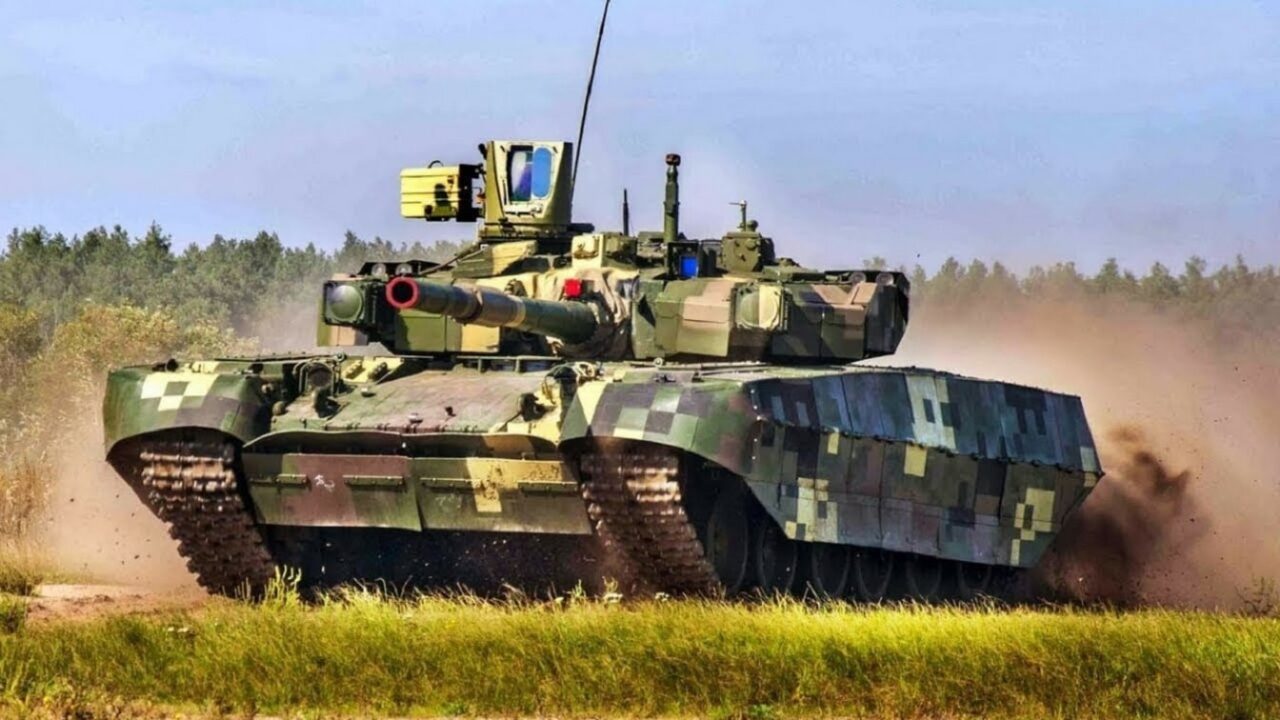Against the backdrop of the developing events in Israel, the Ukrainian counteroffensive continues to unfold and is in a race with time.
The incoming Ukrainian winter will affect the fighting, and both sides are trying to achieve their goals within the next few weeks.
The Ukrainian Counteroffensive and General Winter
The weather on the frontlines is worsening with every passing day. Kyiv has approximately four to five weeks of fighting weather left before the arrival of heavy rains and plummeting temperatures, making large-scale mechanized offensive operations impossible.
Although the Ukrainian military leadership has repeatedly stated that it plans to continue with the counteroffensive throughout the winter and until it achieves its goals, the weather will definitely impact offensive operations and give the Russians time to further bolster their defenses to the rear of the frontline.
Kyiv is looking for the momentum that would bring an operational breakthrough and its forces to the Sea of Azov and the gates of Crimea—and that is to begin with. Whether the Ukrainian military regains the momentum that it had a couple of weeks ago when it achieved a tactical breach in the direction of Verbove in the Zaporizhzhia Oblast in southern Ukraine.
Russian Casualties in Ukraine
Meanwhile, the Russian military and pro-Russian separatist forces continue to take significant casualties on the ground. On day 593 of Russian Vladimir Putin’s “special military operation,” the Russian forces lost about 450 men killed, wounded, or captured, as well as a few dozen heavy weapon systems and support vehicles.
The Russian casualty rate over the past 24 hours is on par with the conflict average. Judging from the available data, while the Russian military is firmly on the defense, it doesn’t suffer critical losses that would immediately jeopardize its coherence. Indeed, according to Western intelligence assessments, the Russian military has had the flexibility to rotate units to and from parts of the frontlines for the first time in a very long time. This means that the units fighting the Ukrainians are fresher and can fight better.
Overall, the Ukrainian Ministry of Defense claimed that as of Tuesday, Ukrainian forces have killed and wounded approximately 283,080 Russian troops, destroyed 322 fighter, attack, bomber, and transport jets, 316 attack and transport helicopters, 4,829 tanks, 6,713 artillery pieces, 9,129 armored personnel carriers, and infantry fighting vehicles, 808 Multiple Launch Rocket Systems (MLRS), 21 warships, submarines, boats, and cutters, 9,125 vehicles, and fuel tanks, 544 anti-aircraft batteries, 5,207 tactical unmanned aerial systems, 961 special equipment platforms, such as bridging vehicles, and four mobile Iskander ballistic missile systems, and 1,530 cruise missiles shot down by the Ukrainian air defenses.
The Ukrainians are taking significant casualties as well. As the force in the offensive, the Ukrainian military is likely taking a larger than usual number of losses. But Kyiv has adjusted its tactics to reflect the peculiar nature of the conflict in an attempt to minimize casualties and ensure that the Ukrainian forces have the requisite numbers to sustain the war until the objectives are met.
A 19FortyFive Defense and National Security Columnist, Stavros Atlamazoglou is a seasoned defense journalist specializing in special operations and a Hellenic Army veteran (national service with the 575th Marine Battalion and Army HQ). He holds a BA from the Johns Hopkins University, an MA from the Johns Hopkins’ School of Advanced International Studies (SAIS), and is pursuing a J.D. at Boston College Law School. His work has been featured in Business Insider, Sandboxx, and SOFREP.

